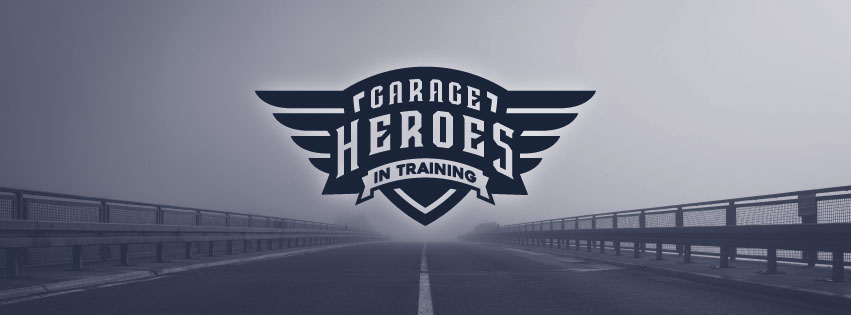1984 Mustang mechanical prep for the 2018 24-Hours of Lemons race at Thompson CT was relatively straight forward. We had a to do list provided by the prior owners at Prompt Critical. It consisted of:
- Cleaning up the wiring in the engine bay
- Finding and fixing a small fuel leak near the O-ring at the high-pressure fuel line
- Mounting the racing seat properly, and
- Changing the oil pressure gauge from a mechanical gauge to an electronic gauge.
In addition, we did the usual inspections and fluid changes.
- Flushed the radiator and refilled with water (H2O)
- Oil change to full synthetic (5w30 Shell Rotella)
- New Brake fluid (Wilwood racing fluid 660)
- And an overall inspection and tune up (Flashlight etc)
Highlights
ElectricalÂ: The wiring wasnât too bad, but the difficulty we found related to the electrical system was that this is an early car for computer controls and getting any information from it was difficult for us. It ended up taking us several weeks to try to get the car to a good idle. It ran OK under power but anything below an indicated 2,500 rpm and it was likely going to stall. This made loading it into the car trailer pretty exciting. After working on it for several weeks, we ended up âgood enoughâ until we got out to the race and investigated it with Alan.
Racing Seat: We ended up needing to change out the racing seat. The one we had in the car originally was bit too tight for our athletic and muscular builds, lol. We switched from the original Recaro to a Momo racing seat. Mounting it was straightforward with high strength bolts and nuts used to get a good height for adjustment and tilt. One issue we had in the Mustang that we did not in the Capri was that the seat height was much lower relative to the dash and driver eye-line. We found out at the track that this was a problem for any of our drivers under about 5â 8â so we needed to borrow some padding until we could adjust it further after the race weekend. (In the Capri we had headroom issues, but here we overcompensated)
Structural: We did see a bit more rust and the structure will need to be reinforced after the next race in the rear of the car. It looks fine now, but we donât want it getting any further degraded.
Overall: In the end, we ran out of time and never really got the car running as well as we would have liked before getting to the track. After we unloaded at the track and took the car out, we found two additional issue we had not seen. The inter-cooler was running very hot. This was due to two primary issues. It was very close to the hood and did not have good air flow. Second, the inter-cooler was not mounted and was laying on a hose. The hot inter-cooler would eventually perforate the hose, likely not too long into the weekend. We eventually hobbled together a support structure and upgraded our hose from the plumbing aisle to a steel reinforced automotive hose and the car eventually ran well throughout the rest of the weekend.

The second issue we found at the track was that the idle issue we had was due to a broken/missing bolt on the idle air throttle control that allowed the air to vary as it rotated freely over the inlet. We borrowed a spare bolt from another team and our three-week long effort to fix the idle issue was finally solved. Our lack of skill and knowledge fully exemplified again on this one.
Summary: In the end, we need to know more about how to troubleshoot mechanical issues and we must work harder to get the cars prepared before we get to the track. Last race was pretty easy as the car was running well before we left home. This time, we came with a car that was running but not well. A big lesson learned the hard way on this one. This will be our goal going forward from now on. If we can’t have the car ready before we leave for the race, we shouldnât have entered the race.
Come Out With Us and
Enjoy the Ride!
